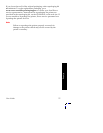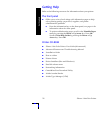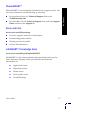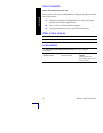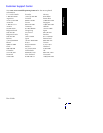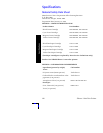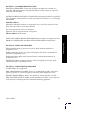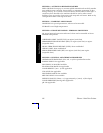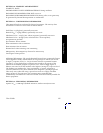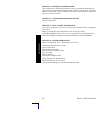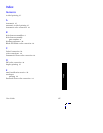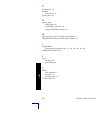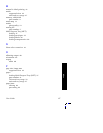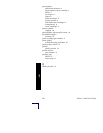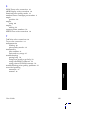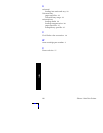
User Guide
83
Specifications
SECTION 10 - STABILITY AND REACTIVITY
STABILITY: Stable.
INCOMPATIBILITY WITH OTHER MATERIALS: Strong oxidizers
HAZARDOUS POLYMERIZATION: Will not occur
HAZARDOUS DECOMPOSITION PRODUCTS: During a fire, toxic gases may
be generated by thermal decomposition or combustion.
SECTION 11 - TOXICOLOGICAL INFORMATION
This material has been evaluated by Xerox Corporation. The toxicity data
noted below is based on test results of similar toners.
Oral LD
50
: >5 g/kg (rats), practically non-toxic
Dermal LD
50
: > 5 g/kg (rabbits), practically non-toxic
Inhalation LC
50
: > 5 mg/l (rats; 4 hour exposure), practically non-toxic
Inhalation LC
50
: > 20 mg/l (rats; calculated for 1 hour exposure),
non-poisonous per DOT
Eye Irritation: Not an irritant
Skin sensitization: Not a sensitizer
Skin irritation: Not an irritant
Human Patch: Non-irritating, non-sensitizing
Mutagenicity: No mutagenicity detected in Ames assay
Carcinogens: None present
Additional Information: The results obtained from a Xerox sponsored Chronic
Toner Inhalation Study demonstrated no lung changes in rats for the lowest
(1 mg/m
3
) exposure level (i.e., the level most relevant to potential human
exposure). A very slight degree of fibrosis was noted in 25 percent of the
animals at the middle (4 mg/m
3
) exposure level, while a slight degree of
fibrosis was noted in all the animals at the highest (16 mg/m
3
) exposure level.
The findings are attributed to "lung overloading", a generic response to
excessive amounts of any dust retained in the lungs for a prolonged period.
This study was conducted using a special test toner to comply with EPA
testing protocol. The test toner was ten times more respirable than
commercially available Xerox toner and would not be functionally suitable for
Xerox equipment.
SECTION 12 - ECOLOGICAL INFORMATION
Aquatic LC
50
: > 1000 mg/l (fathead minnows; rainbow trout) non-toxic



